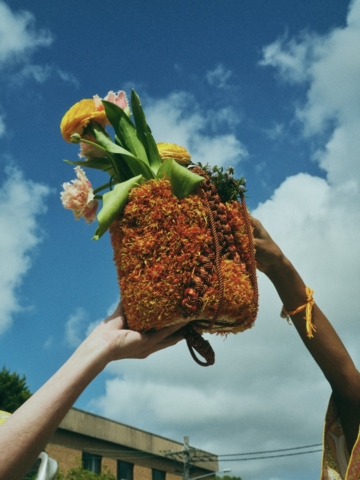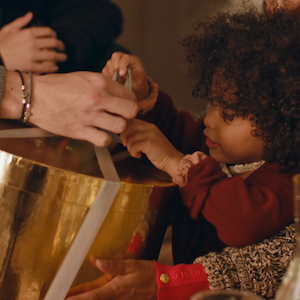The Psychology Behind Colour Choices in Slot Game Design
By Jo Phillips
Slot games have always been designed to captivate in both traditional and digital forms. However, it’s not just the thrill of potential winnings that keeps players entertained; the visual appeal plays an equally vital role. When it comes to creating an unforgettable slot experience, the colour palette is not just a superficial choice. It’s a carefully crafted tool that taps into the psychology of the player, creating emotional responses that make the game more engaging.
One of the most fascinating aspects of slot game design is how developers use colour theory to draw players in. Colour psychology suggests that different hues can evoke various feelings, from excitement to tranquillity. Reds and yellows, for instance, are traditionally associated with energy and urgency, ideal for sparking a sense of excitement. This explains why these colours are frequently used in bonus rounds or when highlighting jackpots. In contrast, blues and greens tend to foster calmness and relaxation, often employed in the game’s base elements to create a sense of ease as the player spins the reels.
More often than not, every successful slot game online follows these subconscious cues to shape a player’s emotional experience. It’s no coincidence that many of the most popular slots feature vivid colour schemes that are hard to ignore. Bright colours, when paired effectively, make the game visually stimulating. This is especially important in an environment where attention spans are short, and players can quickly switch from one game to another.
Yet, it’s not just about using bright colours indiscriminately. Successful slot game design balances boldness with a strategic use of contrast. The background of a game might use softer, cooler tones to create a relaxing space, while the key elements, such as the spin button, symbols, or bonus indicators, are highlighted in bold, contrasting colours like red, orange, or gold to bring attention to a certain feature. This subtle contrast helps guide the player’s focus, ensuring that attention is drawn to the most important features of the game.
The emotional connection between player and game is further enhanced by themes that often dictate the colour choices. For example, slot games themed around ancient Egypt tend to use a palette of golds, sandy browns, and deep blues, evoking a sense of mystery and treasure hunting. Meanwhile, underwater-themed games opt for various shades of blue, reinforcing the immersive experience of being submerged in an aquatic world. Each colour story is chosen to heighten the player’s connection to the game’s narrative, making the experience more cohesive and enjoyable.
Of course, these strategies are not random; they are informed by a deep understanding of how players respond to visual stimuli. Designers constantly experiment with new colour combinations and observe how they affect gameplay and engagement. In a market saturated with thousands of games, the right palette can be the deciding factor that makes a slot stand out.
Ultimately, the careful consideration of colour in slot game design is more than just an aesthetic choice. It is a psychological strategy aimed at fostering both emotional engagement and longer play sessions. This combination of art and psychology is the silent force driving the success of many of today’s most popular slot games, reminding us that what we see is just as powerful as what we feel.



